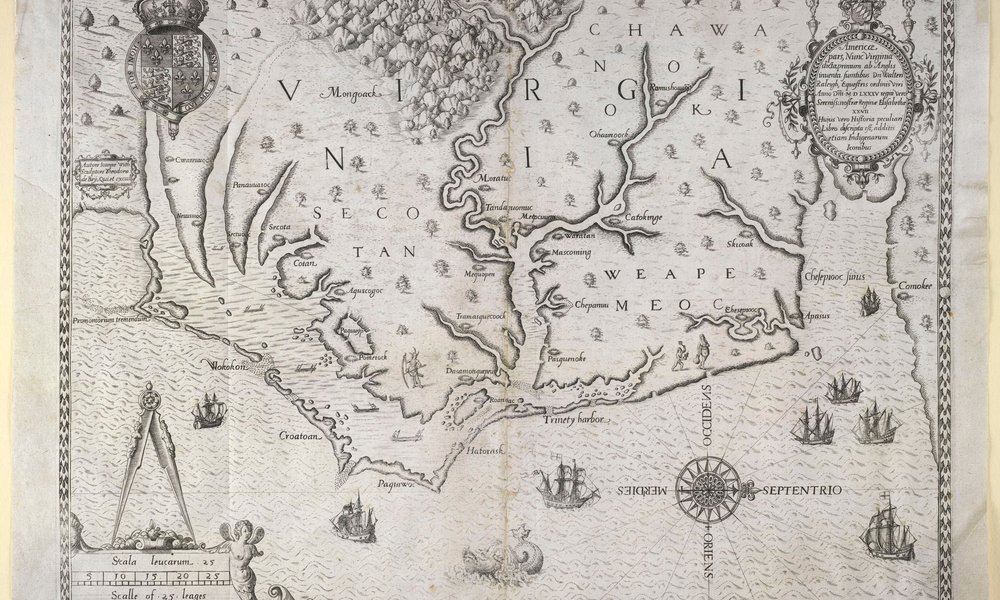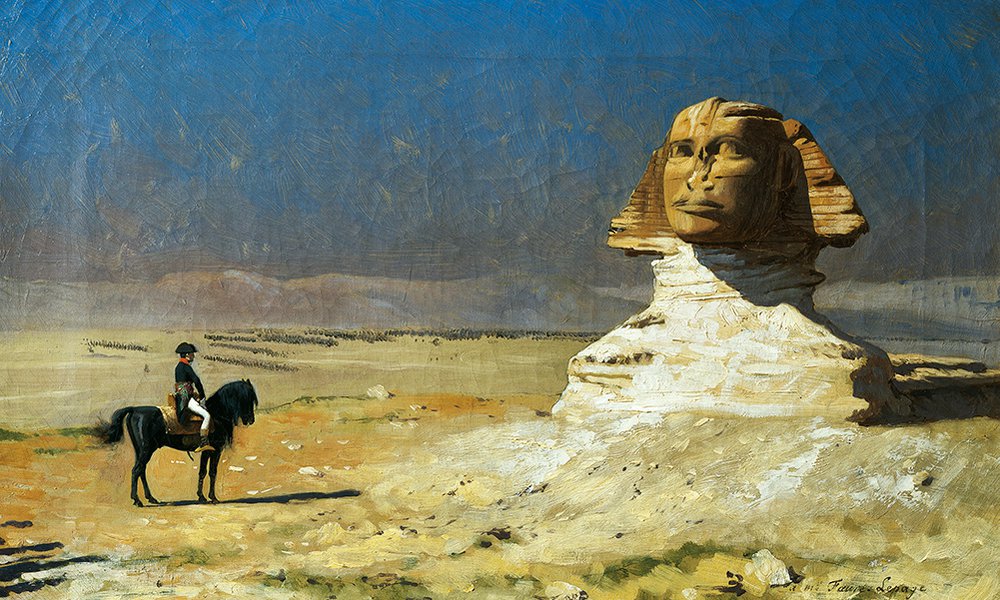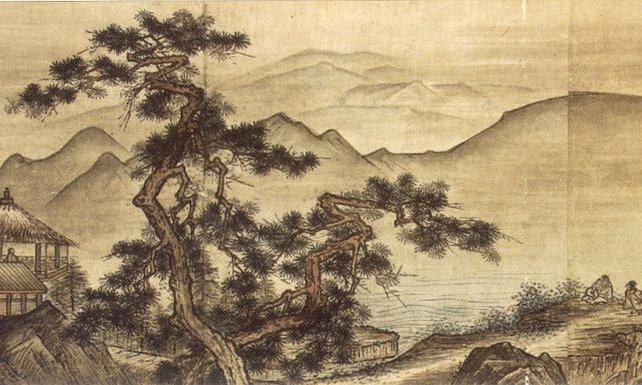How Titian’s paintings rivalled Bellini’s
by Dr Tom Nichols
12 Apr 2018
Simon Schama FBA is wonderfully lucid about the key role of colour and light in Venetian Renaissance painting in his programme entitled ‘Radiance’, the latest instalment of BBC2’s excellent ‘Civilisations’ series. By comparison with Florentine Renaissance painting, in which colour is controlled by the outlines or contours of forms, the great Venetians understood it as less readily tied to individual objects; colour -and its corollary, light- flows across and between forms, breaking down the boundaries between them.
This was to make art less ‘intellectual’ as also to recognise the changeability of human experience. In Venetian painting the physical ‘stuff’ of the world came first.
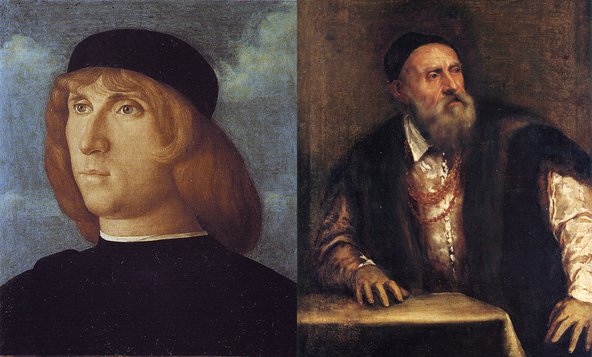
(L) Bellini, Portrait of a Man. Credit: Wikimedia Commons; (R) Titian, Self-portrait. Credit: Wikimedia Commons
Professional animosity between master and pupil
Schama, like many before him, focussed on Giovanni Bellini and Titian as exemplars of this great colour-based tradition in Renaissance Venice. But it may be that these two towering artists were not so similar or compatible as this would imply. It is convenient enough to pigeon-hole Bellini and Titian together as part of a single artistic tradition, and to suggest that their styles were ultimately an expression of the unique physical environment of watery lagoon-based Venice, with its ever-changing parade of colours and lights. Titian was, after all, Bellini’s pupil, and took over his role as the leader of painting in Venice following the older master’s death in 1516.
Yet, as I argued in my book, Titian and the End of the Venetian Renaissance, the historical evidence suggests that there was professional animosity between the two painters. When Titian was awarded a prestigious commission to paint a large history painting in the Venetian Ducal Palace in 1513, the aged Bellini apparently attempted to block the progress of his one-time pupil. The visual evidence points in the same direction, indicating that the young Titian was more enamoured with the style of Giorgione, another Bellini pupil, than he was with the paintings of the old master himself.
Titian’s rise to becoming the best-known Italian painter in Europe
The meteoric career of Titian in fact marks a break from the fifteenth-century (quattrocento) Venetian tradition of painting represented by Bellini. Bellini had come to dominate pictorial art in Republican Venice, working primarily for patrons and locations within the city in a style that embodied its political and devotional values. Titian, on the other hand, set his sights on the world beyond, engaging an international clientele of aristocratic and courtly patrons that eventually included the Habsburgs, the most powerful noble and royal family in sixteenth-century Europe.
In his portraits, Bellini had indicated the subservience of his sitters to the shared Venetian world of public offices and communal cultural values. In Titian’s portraits, the sitters are, in contrast, implied as essentially free agents, existing freely and beyond the control of the wider machinations of a state apparatus. It was primarily through his painting of this kind of elevating portrait that Titian quickly rose to become the best-known Italian painter in Europe.
Responding to the more individualistic culture of the courts, he painted in a style that was increasingly personalised. One source tells us that he sometimes abandoned his brush altogether to paint with his fingers, making his approach quite literally inimitable. It comes as no surprise that even his closest pupils struggled to follow his style; and that the ‘Venetian tradition’ he claimed to represent soon foundered following his death in 1576.
The contrast between Bellini and Titian’s paintings
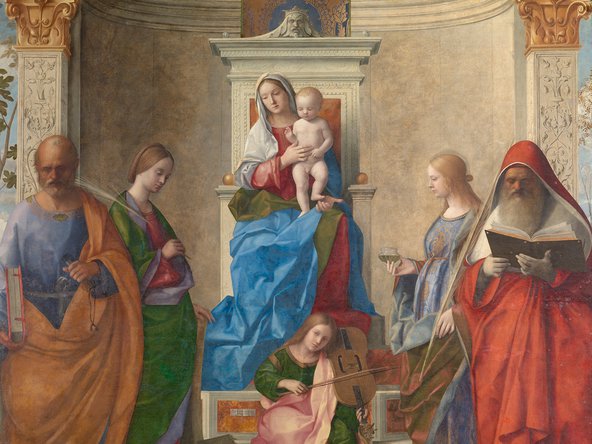
Bellini, Detail of San Zaccaria Altarpiece. Credit: Mauro Magliani & Barbara Piovan/Archivio Magliani/Mondadori Portfolio via Getty Images
In the two works that Schama singled out for attention, Bellini’s San Zaccaria Altarpiece and Titian’s Bacchus and Ariadne both artists use swathes of richly coloured oil paint to heighten the ‘radiance’ of their works. But these two famous works, painted within twenty years of one another in Venice, nonetheless contrast in nearly every other way, suggesting the ambitious pupil’s concern to overturn his master’s solemn and pious mode of painting. With its generous display of flesh, its writhing, leaping and even stomping bodies, Titian’s erotic mythology is the very antithesis to Bellini’s otherworldliness. In Bellini’s painting, the stillness of the figures makes them appear like parts of the symbolically symmetrical architecture, lending them the weight and strength of columns supporting an apse in a church.
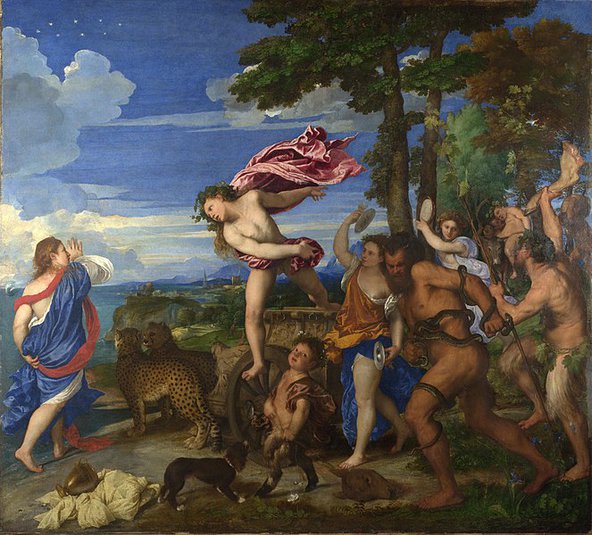
Titian, Bacchus and Ariadne. Credit: Wikimedia Commons
Titian, in contrast, emphasises sudden and unexpected psychological interaction, replacing the settled and timeless world of Bellini’s altarpiece with a breathless sense of the transforming power of the present. His mythological scene appears as if compressed into the smallest possible interval of time: the split-second when the god spies then leaps at his ‘victim’, and when she, Ariadne, turns suddenly (and perhaps even against her will) from mourning the loss of a departed lover to a dangerous encounter with a new one.
Paintings for prayer vs. paintings for private use
These contrasts can be explained in part by the difference in picture and commission types. Bellini’s altarpiece was made for the benefit of the devotional community at prayer in the Venetian church of San Zaccaria, while Titian’s painting was a new kind of private work, made to hang in the elite ‘alabaster room’ (camerino d’alabastro) of the palace of Alfonso d’Este, the Duke of Ferrara.
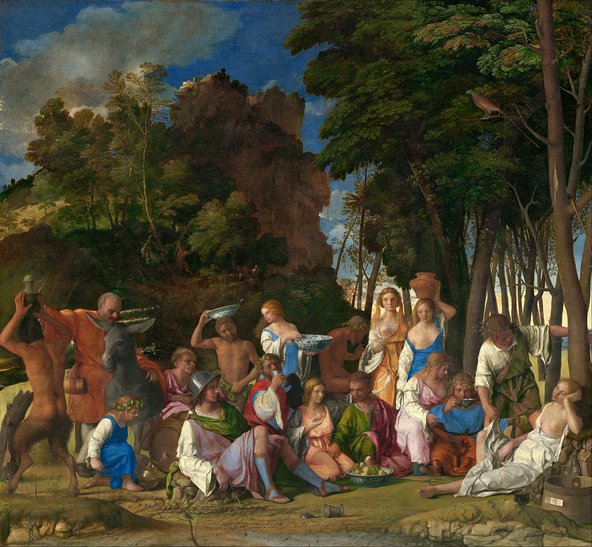
Bellini and Titian, The Feast of the Gods. Credit: Wikimedia Commons
But these diverse original patronal and viewing contexts also epitomise the very different cultural and artistic orientations of Bellini and Titian. If Bellini painted his spiritual painting as a stimulus to local piety in Venice, then Titian’s new visual delight in the immediate pleasures and passions of the flesh was also a response to the aristocratic tastes of his powerful patron. It comes as no surprise that the Duke subsequently asked Titian to ‘correct’ Bellini’s own earlier contribution to the camerino, the Feast of the Gods (Washington, National Gallery of Art), which had been painted with his usual restraint, and thus did not seem to fit with Titian’s exuberantly fleshy contributions.
Colour as a form of religious expression and as a way of describing human experience
It is true enough that both Bellini and Titian use a colour-based approach to painting, and that it is Bellini’s superb treatment of golden light, with supernatural implications, as it illuminates the surfaces of bodies that gives his painting its monumental solemnity. Titian learned from his master that colour itself, loosened from the bounded structure of underlying forms, could serve as a powerful form of expression in painting. But in his hands, colour became something very different again: the means of describing the world as a place awash with sensual experience and emotion, open to sudden and unexpected change, and governed by the fluid subjectivity of human experience.
Dr Tom Nichols teaches art history at the University of Glasgow. He has published many books and articles on Venetian Renaissance art. His book entitled Titian and the End of the Venetian Renaissance (London, Reaktion Books, 2013) was partially funded by a British Academy/Leverhulme Small Research Grant. He is currently working on a study of the Venetian painter Giorgione, which will also be published by Reaktion Books.
